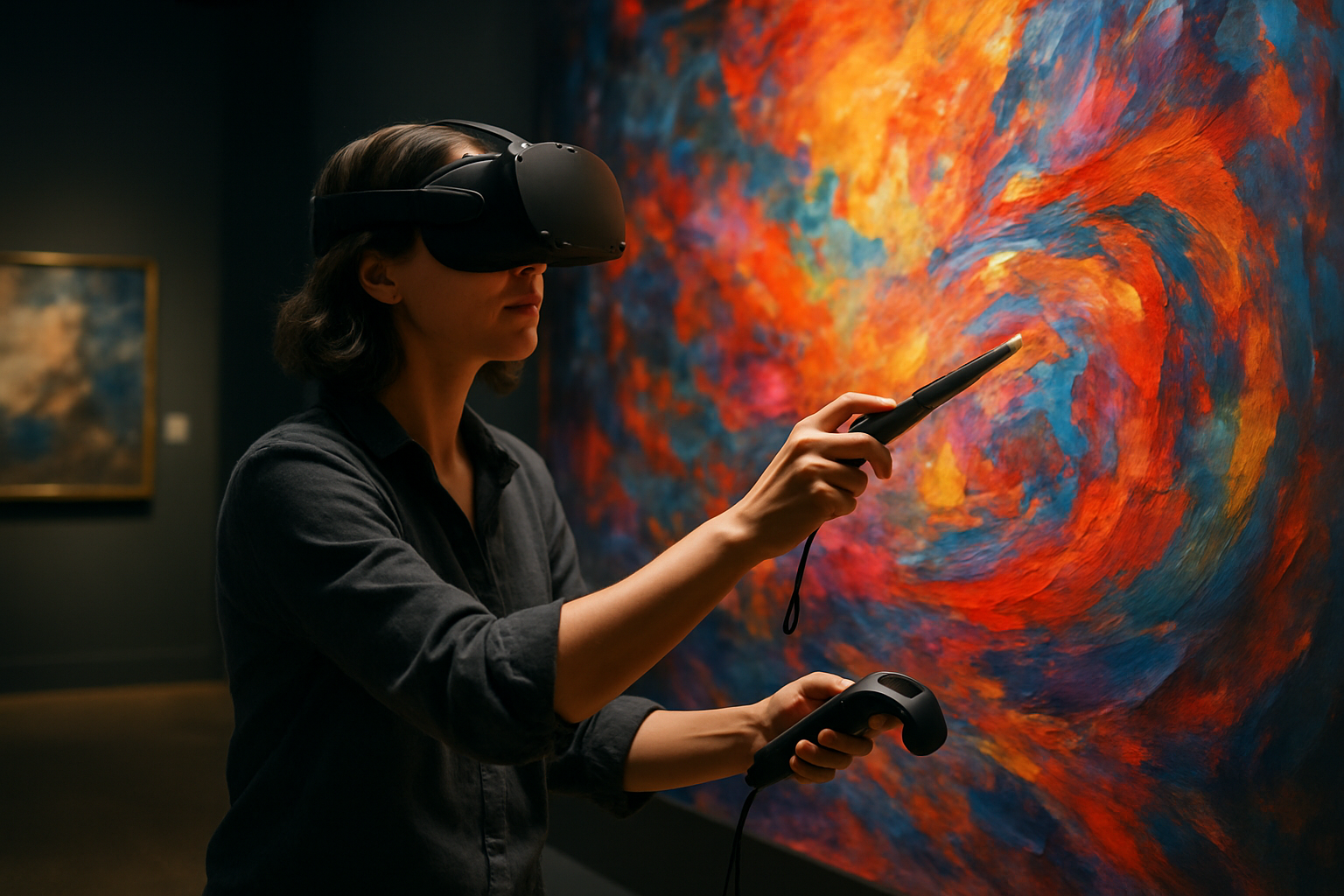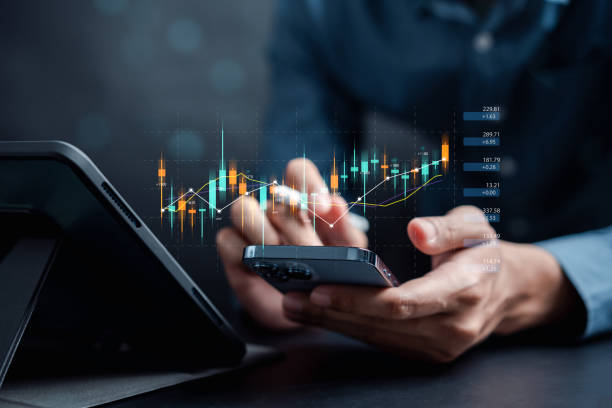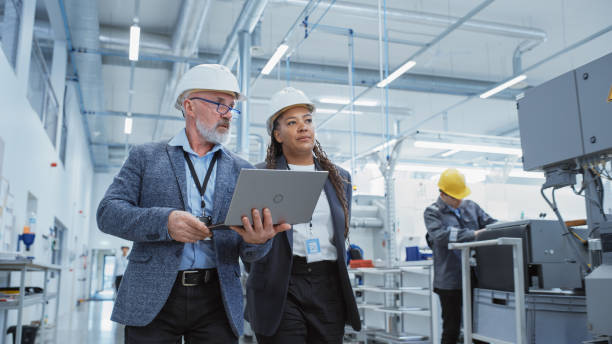Digital Alchemy: The Rise of AI-Generated Art
In the ever-evolving landscape of creative expression, a new frontier has emerged, blurring the lines between human artistry and machine intelligence. AI-generated art, once a niche curiosity, has rapidly transformed into a revolutionary force, challenging traditional notions of creativity and authorship. This groundbreaking fusion of technology and artistic vision is reshaping the art world, sparking intense debates, and opening up unprecedented possibilities for visual expression.

From Pixels to Masterpieces
Today’s AI art tools have evolved far beyond simple pattern recognition. Sophisticated algorithms can now analyze vast datasets of existing artworks, learning to mimic styles, techniques, and even emotional resonance. The result is a new breed of digital art that can range from abstract compositions to hyper-realistic portraits, all created with minimal human intervention. This technological leap has democratized art creation, allowing individuals with little to no artistic training to produce stunning visual works.
The Controversy of Authorship
As AI-generated art gains prominence, it has ignited fierce debates about the nature of creativity and authorship. Critics argue that AI art lacks the human touch and emotional depth of traditional art forms, while proponents celebrate it as a new frontier of creative expression. The question of who truly “owns” an AI-generated artwork – the algorithm, the programmer, or the person who prompted the creation – remains a contentious issue in both artistic and legal circles.
AI Art in the Mainstream
Despite the ongoing debates, AI-generated art has already made significant inroads into the mainstream art world. Major galleries and museums have hosted exhibitions featuring AI artworks, while auction houses have sold AI-generated pieces for staggering sums. This acceptance by the art establishment signals a shifting paradigm in how we perceive and value art in the digital age.
The Future Canvas: AI and Human Collaboration
As AI art tools become more sophisticated and accessible, many artists are embracing them as powerful collaborators rather than competitors. This symbiosis between human creativity and machine intelligence is giving rise to entirely new art forms and creative processes. From AI-assisted music composition to interactive digital installations, the boundaries of what’s possible in art are expanding at an unprecedented rate.





